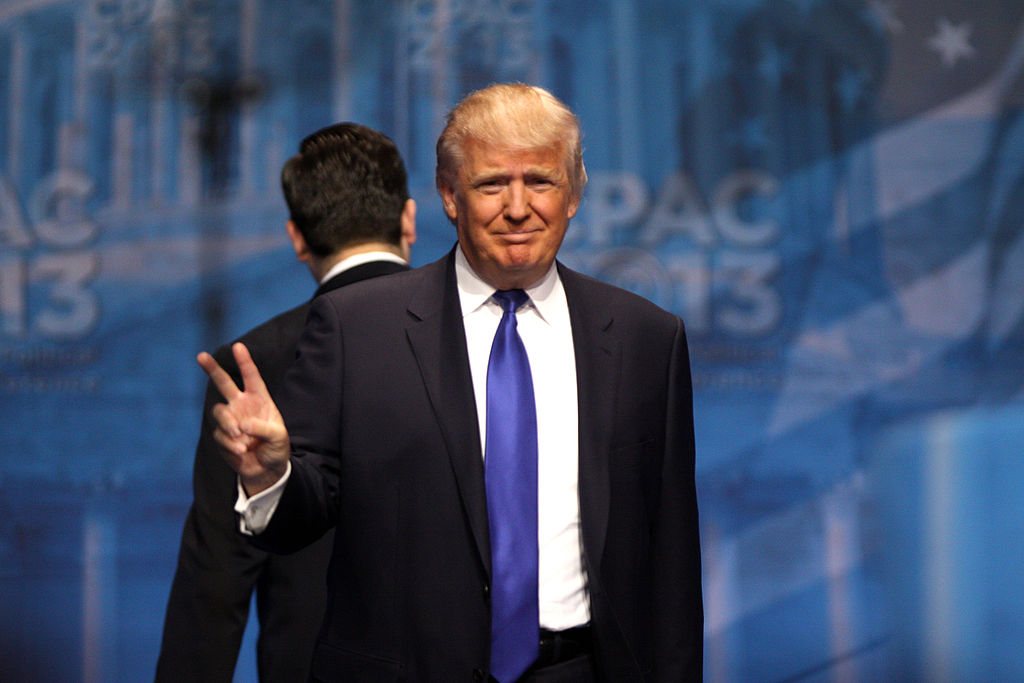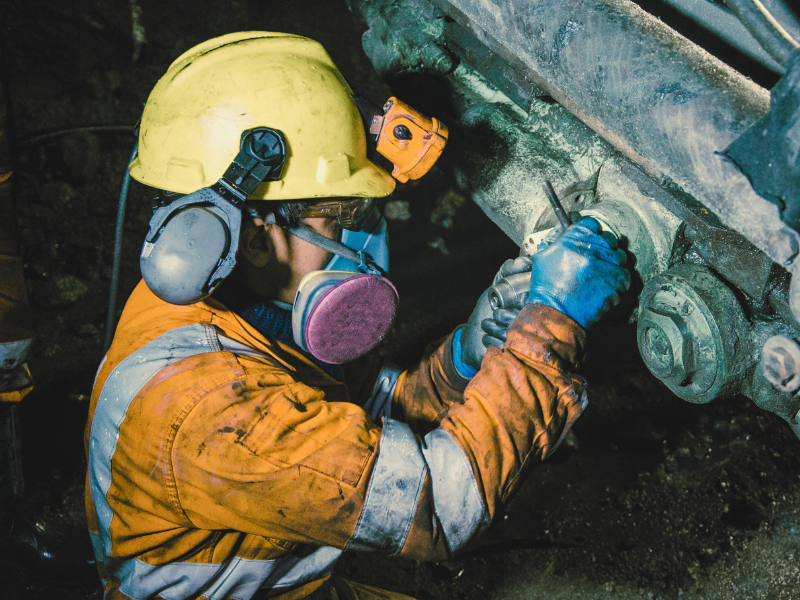
It has been a year since Donald Trump took office. Despite promising to be a friend of workers, Trump has spent much of his first year making our workplaces less safe.
AFL-CIO Director of Safety and Health Peg Seminario described Trump's actions:
The Trump administration has teamed up with Republican leaders in Congress and corporate allies to launch a war on regulatory protections, putting workers and the public in danger. Workers’ safety and health, wages and financial security are threatened. These regulatory protections don’t kill jobs. But there is no doubt that rolling back these protections will hurt workers.
Here are some of the ways Trump's record on health and safety has failed working people in the United States:
- Repealed an Occupational Safety and Health Administration rule requiring employers to keep accurate injury records (PL-115-21).
- Repealed the Fair Pay and Safe Workplaces rule to make sure federal contractors follow safety and labor laws (PL-115-11).
- Repealed Department of Labor rules providing for state and local governments to establish voluntary retirement savings programs for private-sector workers. (PL-115-25, PL 115-35).
- Executive Order 13771 required that for every new worker protection, two existing safeguards must be repealed.
- Executive Order 13777 required agencies to identify regulations that are burdensome to industry that should be repealed or modified.
- Withdrew an OSHA policy allowing workers to designate walkaround representatives to participate in OSHA inspections in nonunion workplaces.
- Withdrew more than a dozen rules from the OSHA and the Mine Safety and Health Administration regulatory agenda, including standards on combustible dust, styrene, 1-bromopropane, noise in construction, update of permissible exposure limits, and MSHA penalties and refuge alternatives in coal mines, which abandons protecting workers from major hazards.
- Withdrew Wage and Hour Division guidance and interpretations on independent contractor and joint employer status, issued to ensure workers receive the benefits of labor protections and to prevent misclassification of workers.
- Proposed a 2018 budget that would slash the Department of Labor's budget by 21%, eliminate worker safety and health training programs and the Chemical Safety Board, cut NIOSH’s job safety research by $100 million and cut NLRB funding by $17 million.
- A U.S. District Court overturned DOL's 2016 rule to update and expand overtime protections for 4.2 million workers on Aug. 31, 2017. It is unclear whether DOL will appeal the ruling. Secretary Acosta has announced that he thinks the salary threshold in the rule is too high, and DOL is moving forward with rulemaking to consider lowering the salary threshold and other measures to weaken the Obama overtime pay protections.
- In response to Executive Order 13772 directing review of financial regulations, the DOL delayed the compliance date for DOL's conflict of interest fiduciary rule for 60 days until June 9, 2017, and has proposed to delay certain provisions until July 1, 2019. DOL is currently reviewing the rule and has solicited comments on whether it should be revised.
- A U.S. District Court issued an injunction against DOL's persuader rules. DOL proposed to repeal the rules and final repeal action is expected shortly. These rules were created to increase transparency in the union-busting industry.
- Delayed OSHA’s new beryllium standard from March 10, 2017, until May 20, 2017. Industry groups have asked OSHA to stay the rule (general industry, construction and maritime) and reopen the record for consideration of the standard. He also proposed weakening the beryllium rule in construction and maritime by revoking the ancillary provisions on medical surveillance, exposure monitoring, housekeeping and other measures.
- Delayed enforcement of the OSHA silica standard in construction for 90 days until Sept. 23, 2017, allowing continued high dust exposures that will result in the deaths of more than 160 workers. He later announced a further 30-day delay for full enforcement of the standard.
- Delayed MSHA’s mine examination rule for metal and nonmetal mines from May 23, 2017, until Oct. 2, 2017, and further delayed it until March 2, 2018. He also proposed weakening changes to the rule, including delaying mine inspections until after work has begun, instead of before work commences, and eliminating recording of hazardous conditions that are immediately abated.
- Delayed the compliance date for reporting summary injury data to OSHA under the injury tracking rule from July 1, 2017, until Dec. 1, 2017. OSHA also announced it intends to issue a separate proposal revising or revoking other provisions of the rule.
- Delayed the effective date of EPA’s Risk Management Program rule to prevent chemical accidents from June 19, 2017, until Feb. 19, 2019, putting workers, the public and first responders in danger.
- Removed from active development on the regulatory agenda critical OSHA standards on workplace violence, infectious diseases, process safety management and emergency preparedness, and MSHA standards on silica and proximity detection systems for mobile mining equipment.
- Nominated Andrew Puzder, a fast food restaurant chain CEO, as secretary of labor. Puzder's nomination was withdrawn after allegations of labor violations and concerns about personal conduct.
- Nominated David Zatezalo, a former coal mine CEO, as MSHA assistant secretary. Zatezalo's mining company had a history of serious mining violations.
- Nominated Marvin Kaplan, a former Republican Hill staffer, and William Emanuel, a management side labor attorney who has a long record of opposing workers' right to organize, to the National Labor Relations Board. Both have been confirmed, giving Republicans a majority on the board.



